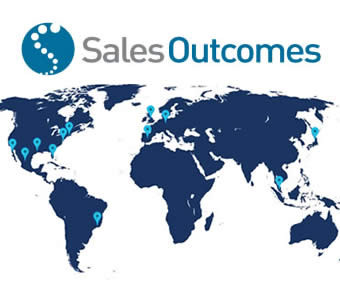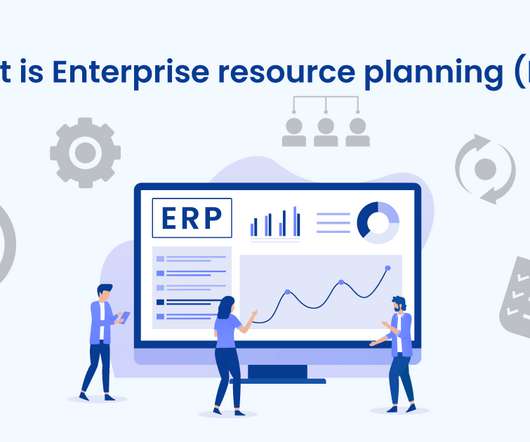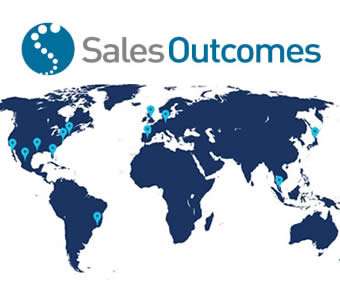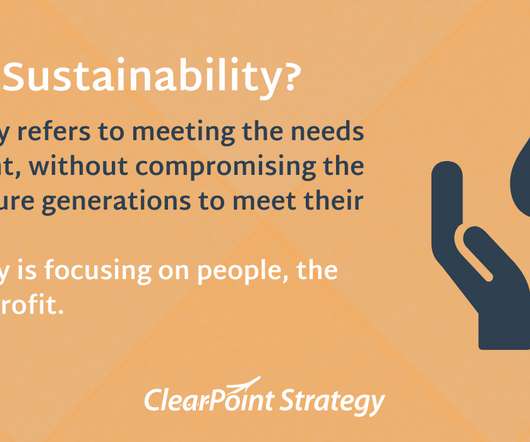Value Chain – What is it?
Arpedio
FEBRUARY 20, 2024
A value chain is a concept used in business management to describe the sequence of activities and processes involved in creating and delivering a product or service to customers. It includes activities such as procurement, transportation, and inventory management. What is a Value Chain?

















Let's personalize your content